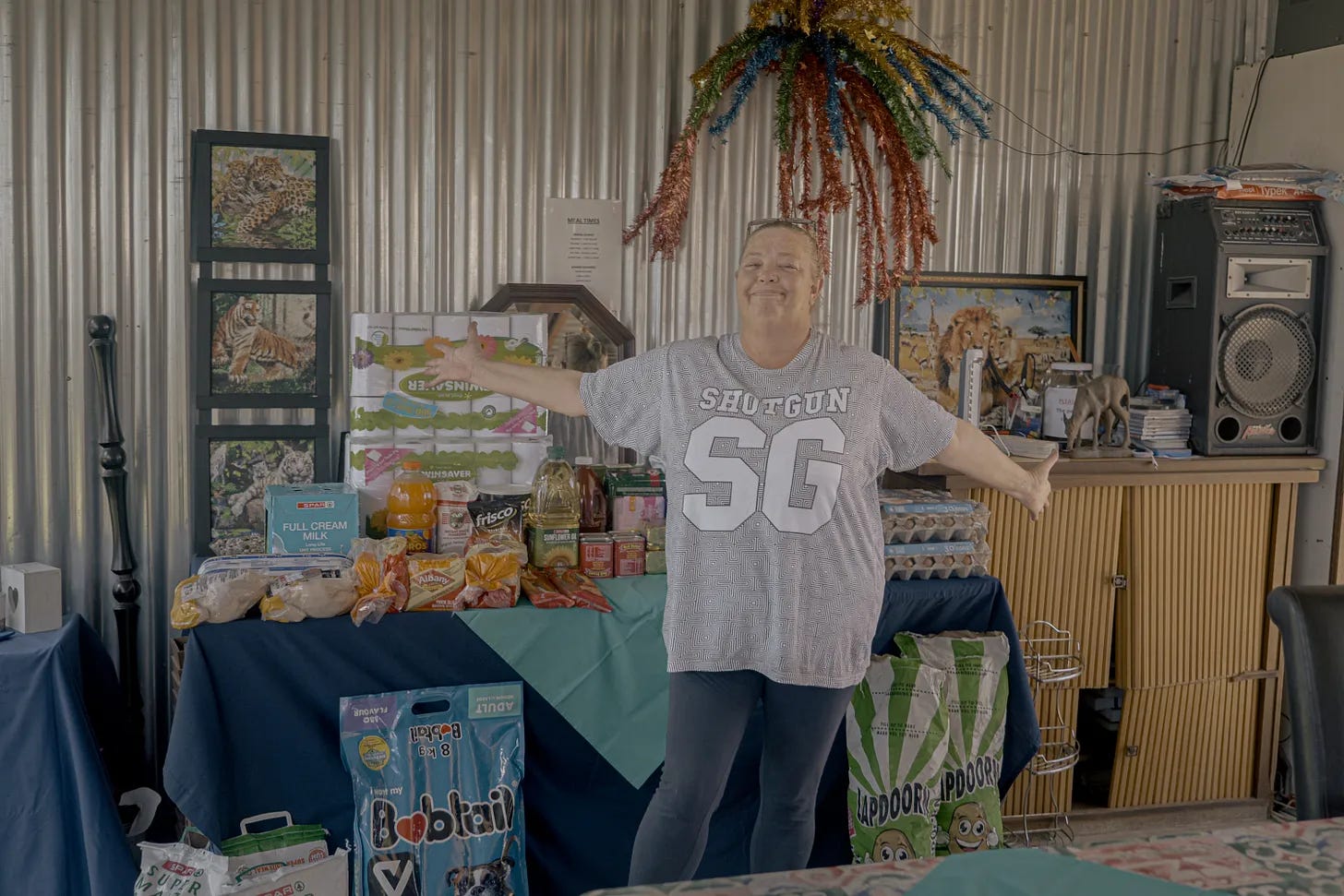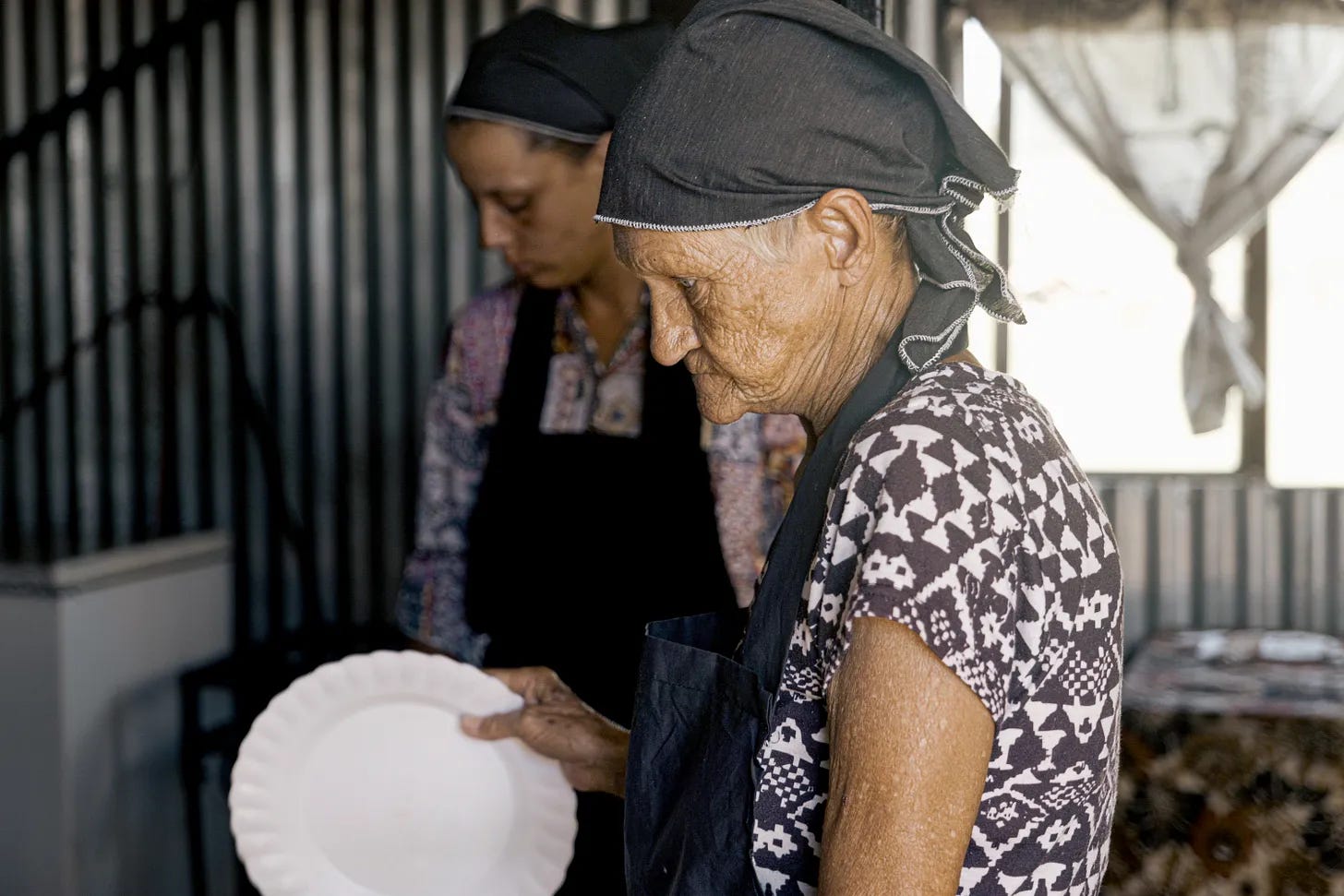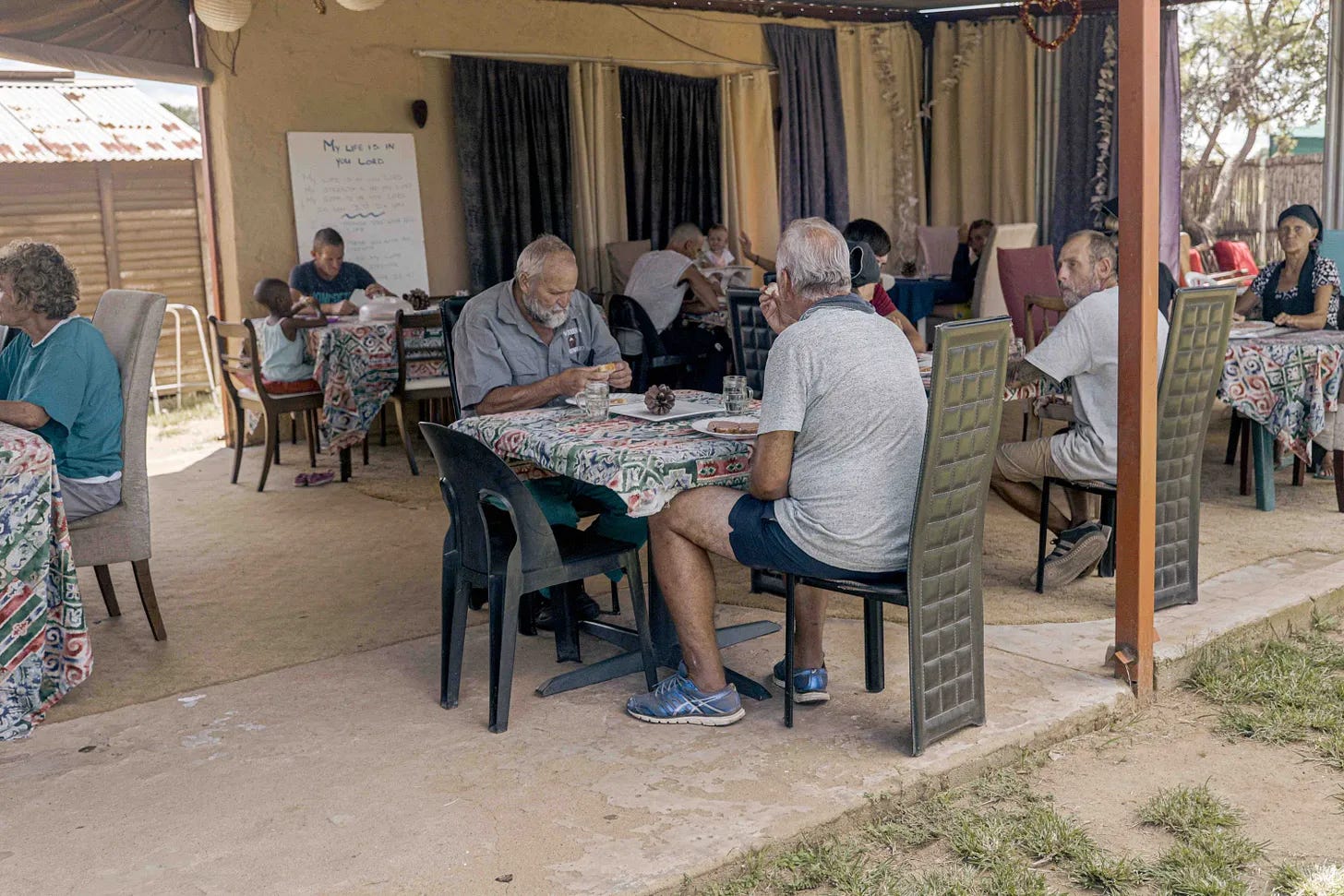Dismantling Discrimination: Addressing the Impact of BEE in South Africa
Exploring the Hidden White Poverty in South Africa
In this edition of our newsletter, we focus on the impact of Black Economic Empowerment (BEE) on the white minority in South Africa. Despite the common perception that all white South Africans are affluent, there is a significant number of white people who live in poverty. This overlooked issue has given rise to white shantytowns scattered throughout the country.
We recently visited one of these shantytowns and donated food parcels to the residents. We'll share with you our experience and insights from this visit, and shed light on the efforts being made by local organizations to address the issue.
We would like to take this opportunity to express our immense gratitude for your generous donations that made it possible for us to purchase food parcels for those in need in the White shantytown. It truly means a lot to us that you chose to contribute to this collection.
Thanks to your contributions, we were able to collect enough money to purchase food parcels that contained basic food items such as rice, beans, flour, chicken, oil, and more, for those who live in the White shantytown. This has been a lifesaving effort for many families who have struggled to put food on the table.
The White shantytown, located on private land, is home to 35 people and is run by an organization called the South African Family Relief Project (SAFRP), under the leadership of the passionate Leigh Oxley Du Preez. The shantytown is a safe haven for people who have been affected by the economic imbalance caused by BEE (Black Economic Empowerment), a policy introduced in South Africa after apartheid to promote the black population in the country. BEE means that the government and private companies give priority to black people in employment, promotion, and business ownership under the pretext of "benefiting the previously disadvantaged." The policy favors one group at the expense of another and has therefore resulted in this form of shantytowns.
At SAFRP, no drugs or alcohol are allowed, and residents can only stay for a maximum of one year. During this time, they receive help to reintegrate into society and find their way back to the job market.
It has been fantastic to see the joy and gratitude of the people in the shantytown when we handed over the food parcels. Many of them have not only felt forgotten by society but also opposed by their own government, so receiving this help meant much more than just a food delivery. It was a symbol of hope and solidarity, and it shows that there are people out there who care about them.
Thank you again for choosing to contribute to this collection. We also want to remind you of the importance of continuing to support those who are less fortunate than ourselves. Together, we can make a real difference in society.
Follow South Africa Family Relief Center on Facebook.
Of course, we filmed our visit and interviewed Leigh, who helps those affected by racial discrimination. Together, we have the opportunity to create change and support those who need it most. Don't miss our upcoming video and join us on our journey by subscribing to our newsletter.
Until next time!
Jonas Nilsson









